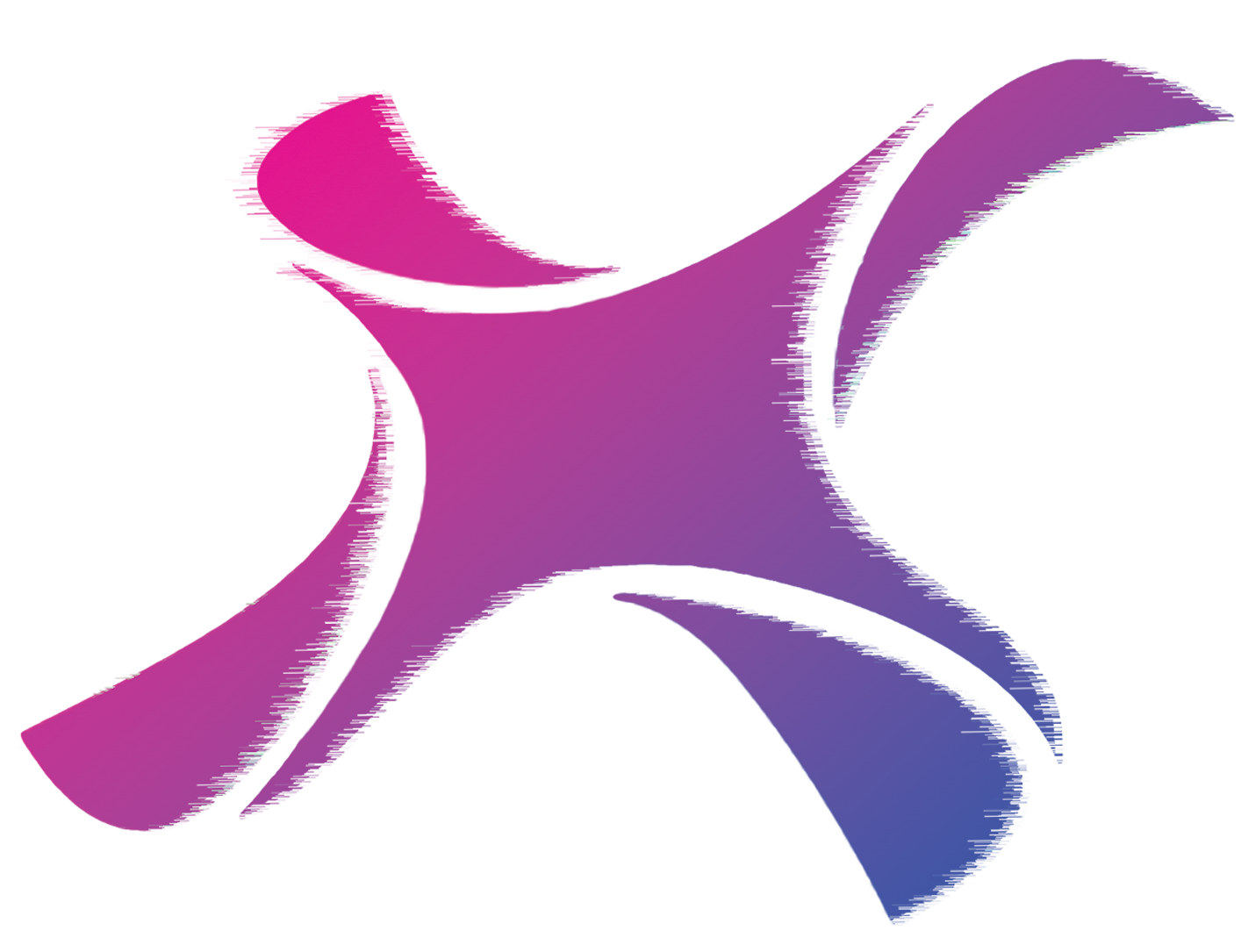PROPELLERS (props)
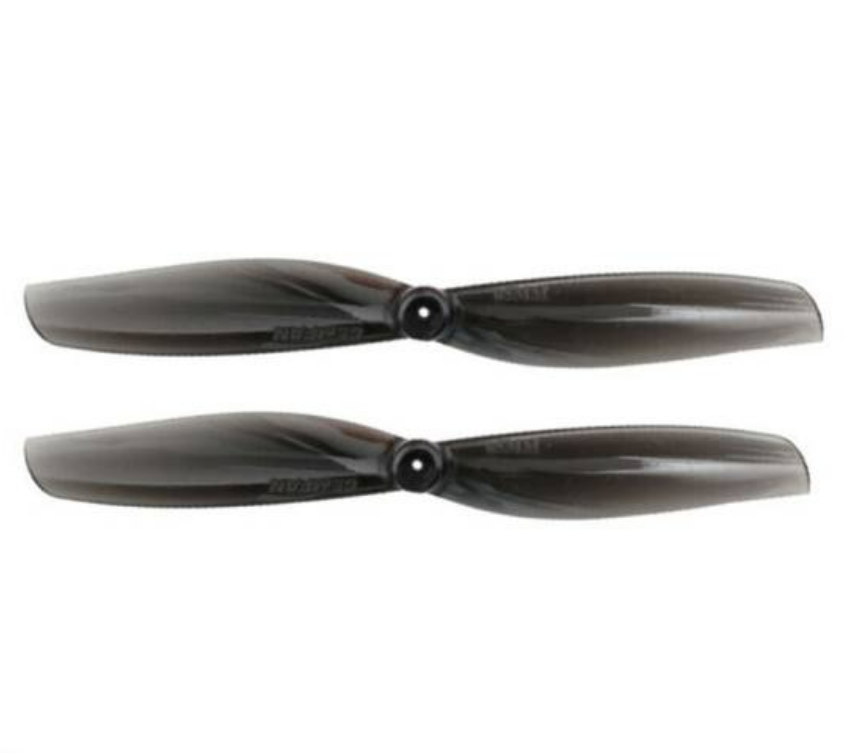
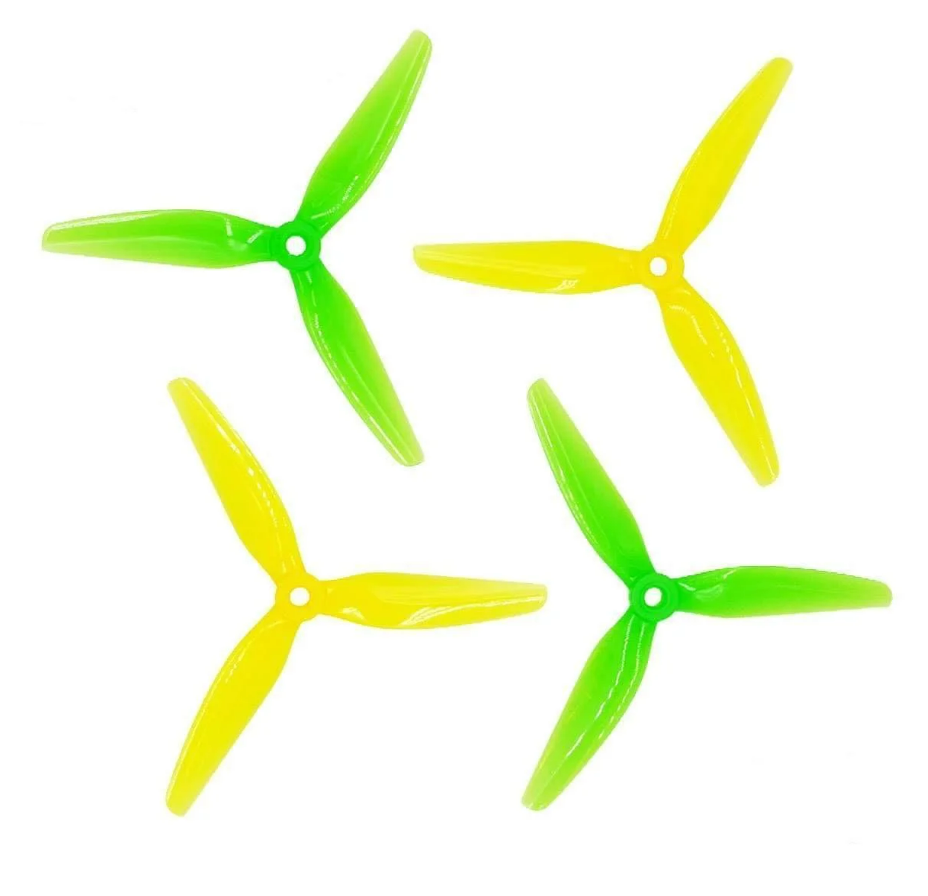
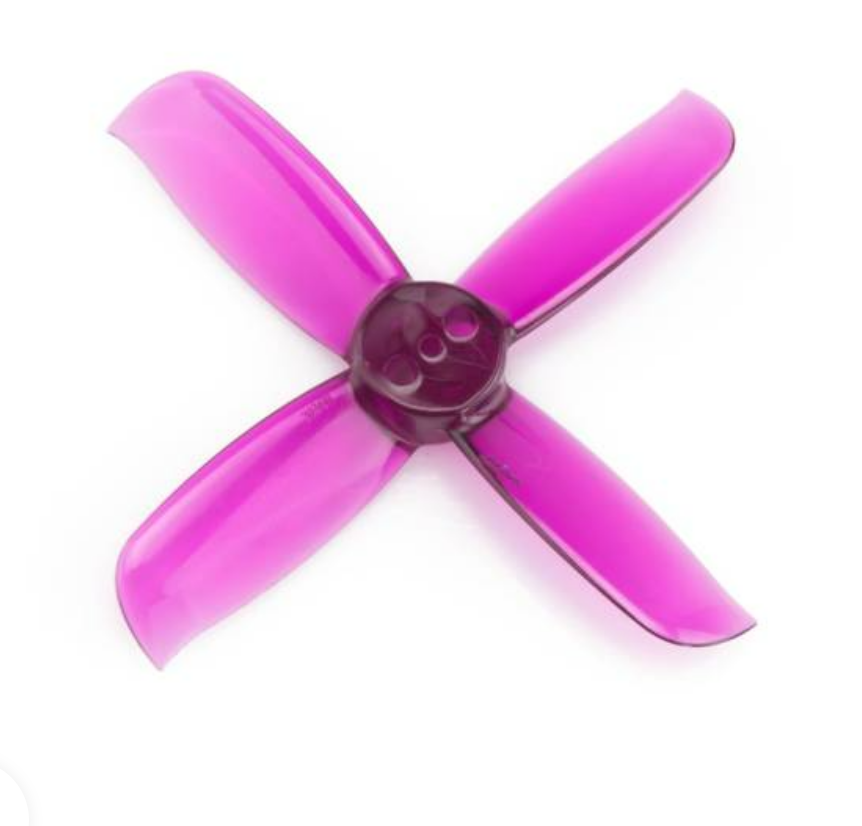
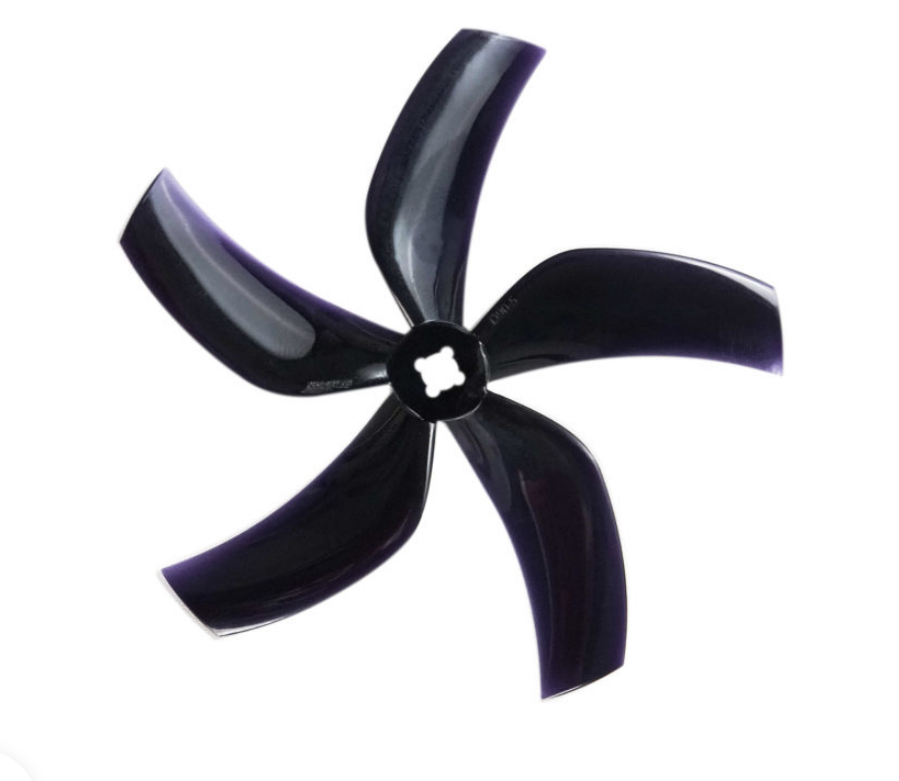
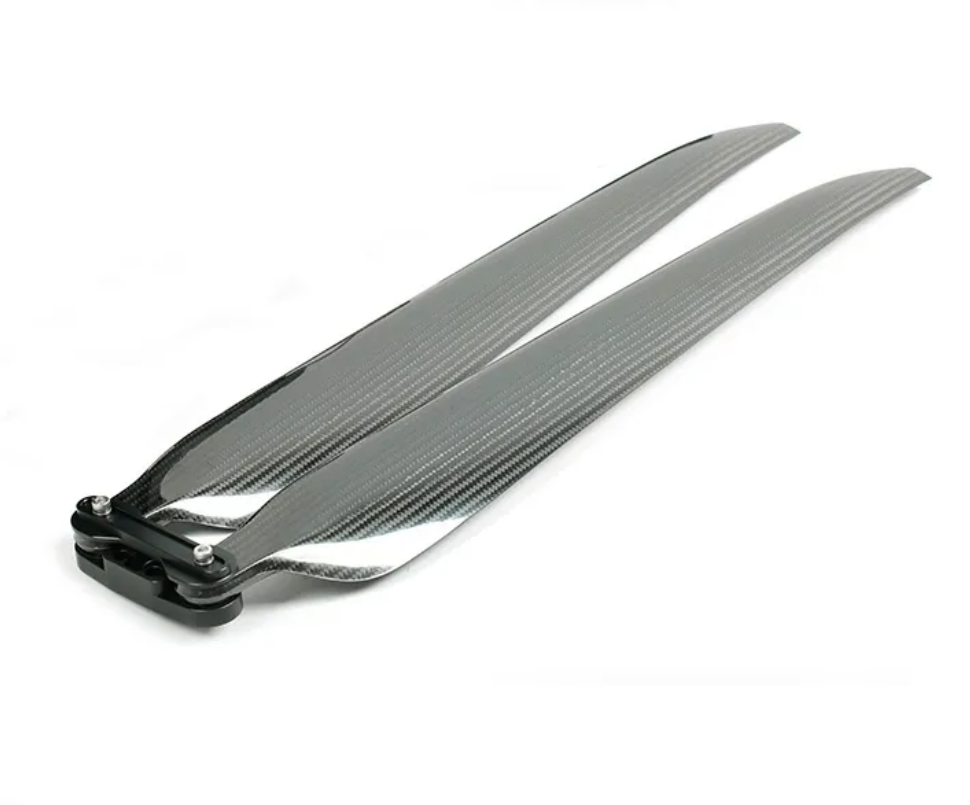
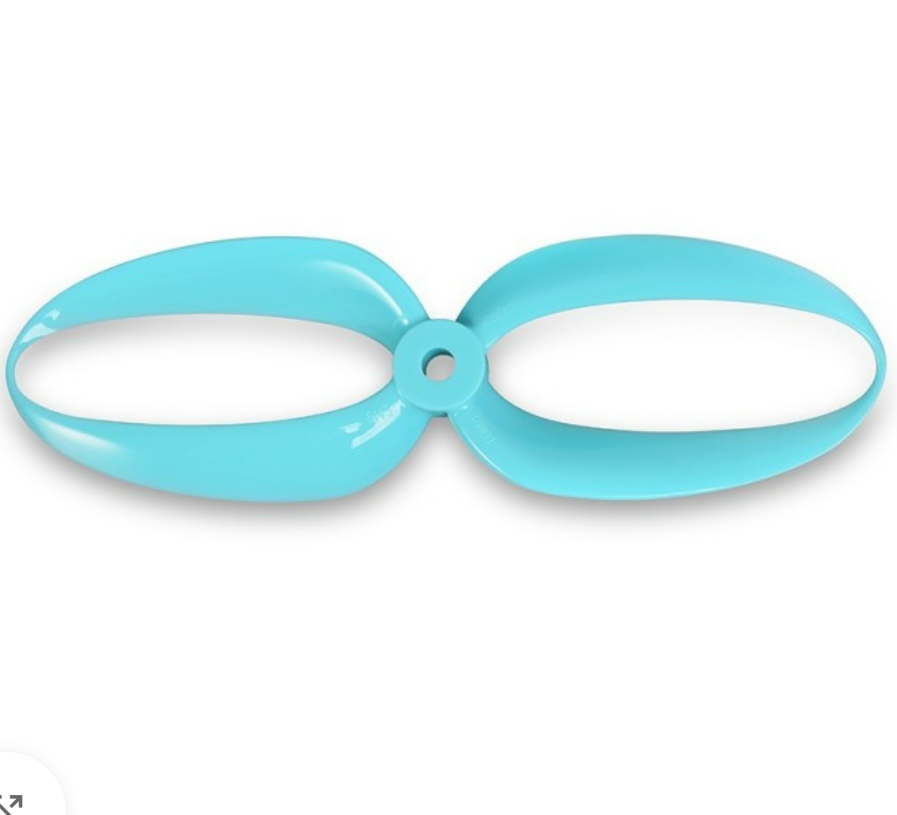
Propellers are rotating blades that generate thrust to propel a vehicle, such as a drone or aircraft, through the air
Specifications are expressed in a format like “50 x 45 x 3” or “4.8 x 4.0 x 3.” Here, the first number indicates the size of the propeller, the second number tells us the pitch of its blades, and the third number indicates the number of blades. Additionally, they have spinning directions, whether it is clockwise or anticlockwise.
For example, “50 x 45 x 3 ccw” means it has a diameter of 5.0 inches, a pitch of 4.5 inches, and three blades rotating in a counterclockwise direction.
SIZE (DISC DIAMETER)

A propeller’s size is determined by the diameter of its spinning disc, measured in inches. As the propeller size increases, it influences various aspects:
- Larger props require more energy to spin, leading to increased power draw from the motor and ESC.
- Bigger props take more time to accelerate, reducing the drone’s overall responsiveness.
- GRIP: Larger props offer more surface area, enhancing traction and stability during turns.
- With larger props moving more air per revolution, they generate greater thrust.
It’s crucial to carefully match the prop size with the motor, battery, and drone frame. While larger props provide more thrust, they also add weight to the drone, resulting in more drag.
PITCH (Angle of attack)
PITCH (Angle of attack)
The pitch of a propeller refers to the theoretical distance in inches that the propeller would travel forward in one complete revolution, assuming no slippage or air resistance. It is essentially a measure of how much “bite” the propeller takes with each turn.
For example, if a propeller has a pitch of 4.5 inches, it means that, in theory, the propeller would move forward 4.5 inches for every full rotation. However, it’s important to note that real-world results may vary due to factors like air resistance and other aerodynamic considerations. In general, a higher pitch indicates a more aggressive and powerful propeller, which can result in increased thrust and potentially higher top speeds.However, higher-pitched propellers also tend to be less responsive and may draw more current. Conversely, lower-pitched propellers are typically more responsive and draw less current but may sacrifice some thrust and top speed
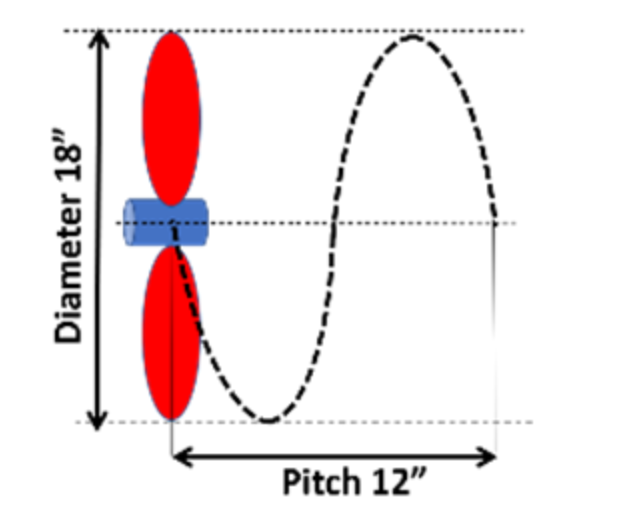
.Pilots often choose propellers with a pitch that suits the specific needs of their drone, balancing factors like speed, responsiveness, and power consumption.
Number of Blades:
Increasing the number of blades on a propeller makes it grip the air better and generate more thrust. However, it also adds weight and increases drag

